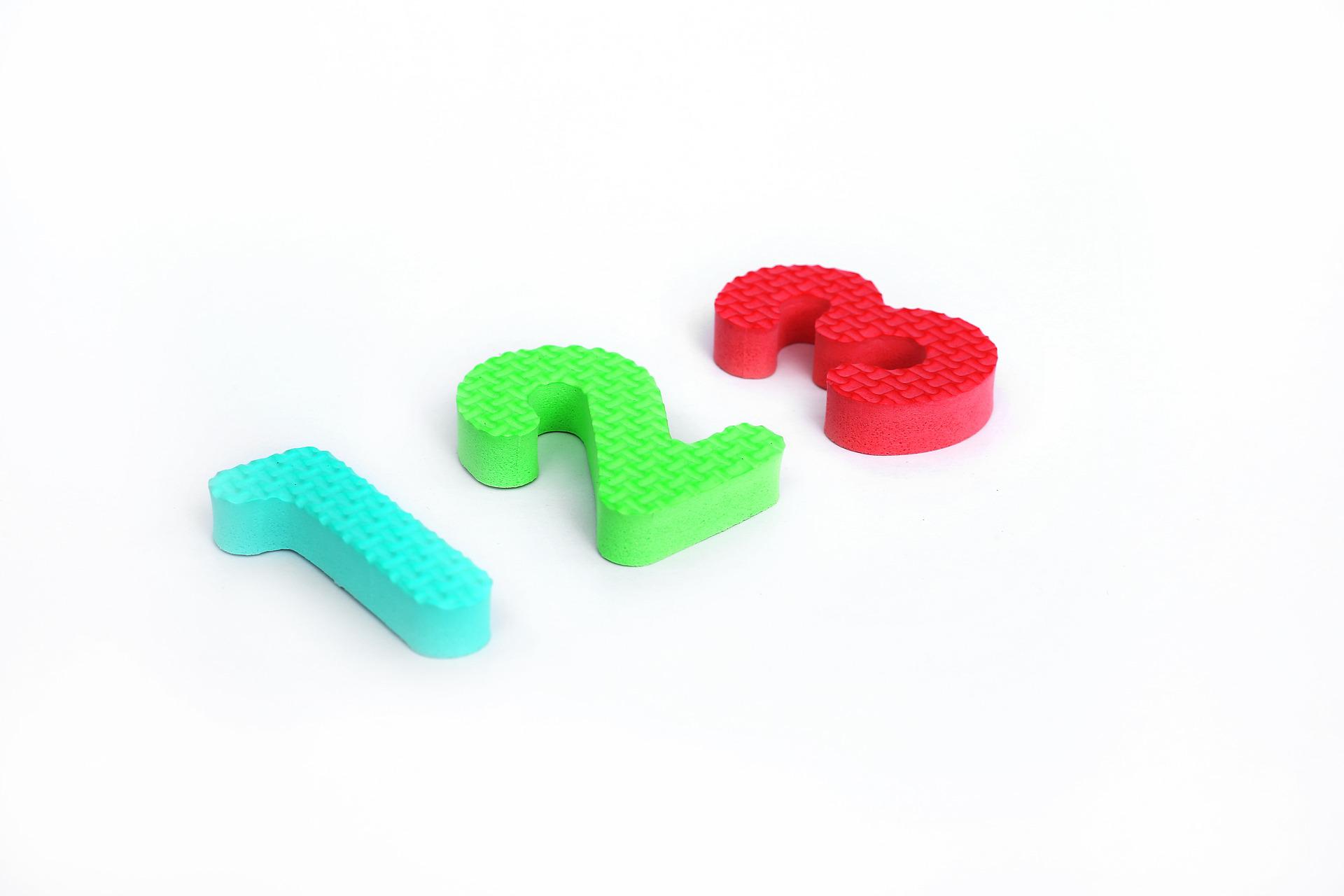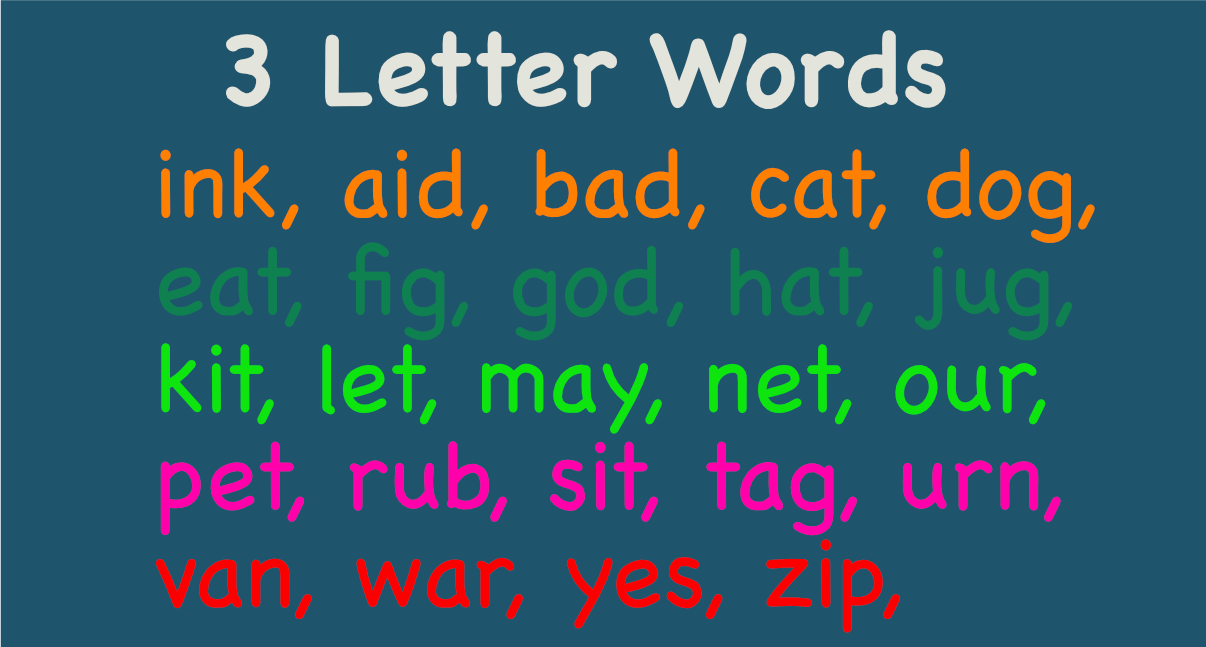
Tracing letters is a great way to encourage your toddler to develop fine and gross motor skills. Your toddler can also practice writing his or her name, or draw pictures and letters. These activities are a great way to develop your child’s skills and promote his or her self-confidence.
Contents
- 1 Develop Fine And Gross Motor Skills
- 2 Fine and Gross motor Skills are Crucial
- 3 Benefits of Tracing Activities for Child Development
- 4 Provide Hands On Guidance
- 5 Encourage Toddler To Draw
- 6 Teach Your Child to Write the Alphabet
- 7 Encourage Toddler To Write Their Name
- 8 Tracing Letters and Child Development
Develop Fine And Gross Motor Skills
When teaching your toddler to trace letters, it’s essential to use both fine and gross motor skills to help your toddler write the letters correctly. Handwriting is a complex skill that requires the use of large muscle groups.
From the trunk to the elbow, wrist, and hand, children must develop control and stability to use these muscles in writing. Children also need diverse opportunities to explore different materials and move freely.
Fine and Gross motor Skills are Crucial
Fine and gross motor skills are essential for many tasks that our children will need to do in the future, from daily self-care to academics.
Without these skills, a child may suffer from low self-esteem, compromised academic performance, and a lack of independence. Many children perform well on gross motor activities but struggle with fine motor skills.
To develop fine and gross motor skills when teaching toddler to write letters, start by tracing letters on big pieces of paper. You can also use a large chalkboard or dry erase board. Then, introduce the proper pencil grip and teach your toddler how to hold it properly.
When holding a writing tool, the toddler should use a tripod grip with two or three fingers and the thumb. The shorter the writing tool, the easier it is for your child to use this type of grip.
Benefits of Tracing Activities for Child Development
Tracing also develops visual-spatial skills, which refers to the toddler’s ability to see and interpret distance. It helps him make connections between what he sees and how to create it. After some practice, he may even try drawing curved lines on his own.
Provide Hands On Guidance
While most children develop these skills as they grow and develop, some may not be ready to write letters until later. To help your child develop these skills, you should provide lots of hands-on activities.
Your child will naturally develop the fine and gross motor skills while exploring the world with their hands. Playing with beads, threading, and using pegboards will all help them develop these skills as well.
Aside from fine motor skills, it’s also important to use other tools to help your child develop his writing readiness. For instance, you can use different writing implements to help your child learn to write with precision. Your child can also practice scrunching, handwriting, and writing with only one finger.
Encourage Toddler To Draw
Tracing letters is one way to encourage your toddler to write his or her name. You can also help your toddler learn the sounds of the letters and the shapes of the letters.
While your toddler is learning to trace, it’s also a good idea to read books to him or her frequently. You can also jumble letters on flash cards to make it easier for your toddler to identify them.
Tracing letters helps your child develop the muscles needed for writing. It also develops memory and improves dexterity. It also helps develop language and math skills. Tracing the letters also improves dexterity and strengthens fine motor control. Eventually, your child will be able to trace the alphabet on paper.
Besides encouraging your toddler to trace letters, you can also give him or her a presentation book. These books are inexpensive and you can find them in craft stores or online. These books contain a variety of write-and-wipe activities, including mazes and fill-in-the-blank words.
Teach Your Child to Write the Alphabet
Writing the alphabet is a fun activity that your toddler will enjoy, but without guidance, it can be difficult. Start by writing uppercase letters first, followed by lowercase letters. After that, try tracing shapes. As your toddler gets better at recognising letters, he or she will want to reproduce them.
Teaching your toddler to trace letters can help your child become a successful reader and school student. Letters are the foundation of literacy, but young children have trouble distinguishing between individual letters and squiggles. By letting your toddler learn to trace letters, you’re preparing your child for a future full of possibilities.
Another great way to encourage your toddler to learn handwriting is by letting him or her take his or her time. Tracing letters is one of the best skills you can give your toddler. As long as you’re patient, your child will soon learn how to write his or her name.
Tracing letters can be fun. Use a red or green dot to indicate the beginning and ending points. While your child is tracing letters, you can say the letter’s name and practice the letter sound, too. This way, your toddler can focus on writing and forming letters correctly.
Encourage Toddler To Write Their Name
There are many reasons to encourage your toddler to trace letters and write their name. One of these reasons is that it will help him develop fine motor skills, which are crucial for learning to write.
It will also help him recognize his name. Writing his name will also help him learn the letter formation. This can be done through various games and activities.
Encourage your toddler to trace letters by pointing out his work. Display his writings to show his progress, or praise him if he makes a letter shape unintentionally. This positive reinforcement will encourage him to attempt to imitate the shape again. It will help develop his hand-eye coordination as well.
As your toddler becomes more confident with a pencil and crayon, you can try tracing letters together. Start with a simple name or three-letter words. You can give a reward or toy when he does well. It is important to encourage your toddler to trace letters with his fingers before trying to write them.
Tracing Letters and Child Development
Tracing letters is an essential part of a child’s development. It will help them gain control over their fine motor skills and will help them master the skill of writing their name.
By age three, they should be able to write their name with ease. It is also important to develop proper letter formation. Some children write letters from the bottom to the top, while others write them from right to left.
You can help your child trace letters by using a piece of sandpaper. This will help them feel the rough texture of the letter. Also, you can try building letters in their name by using different materials, like playdough.
Encourage your child to say the letter sounds as they trace the letters. You can also use magnets to encourage your toddler to trace letters.
You can also encourage your toddler to write letters by making patterns on the paper. For older children, you can draw big letters and let them trace them with their fingers or wax crayons. Make it fun for them by praising them for their efforts. It is much better to praise their efforts than to focus on their mistakes.



